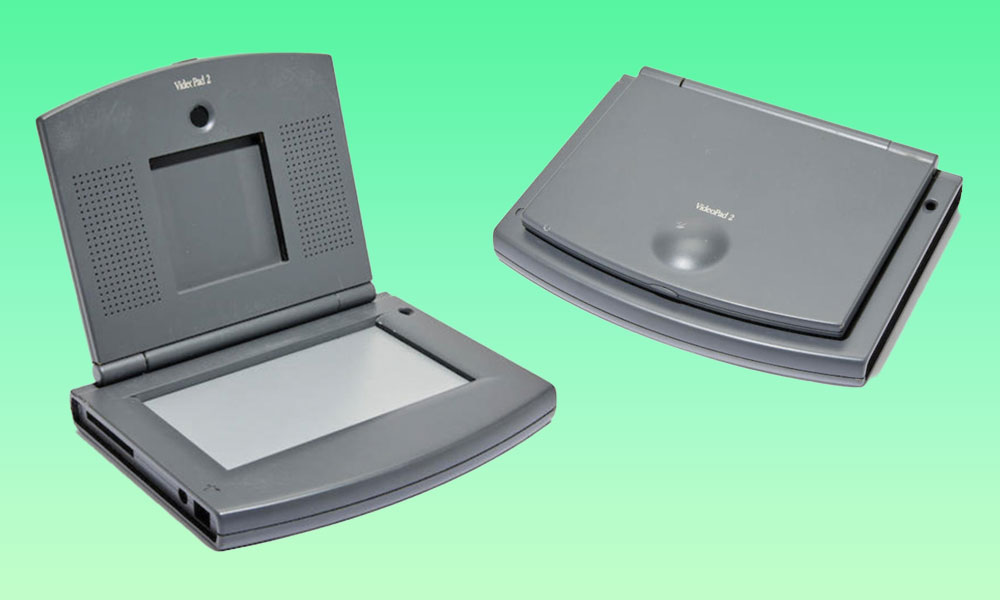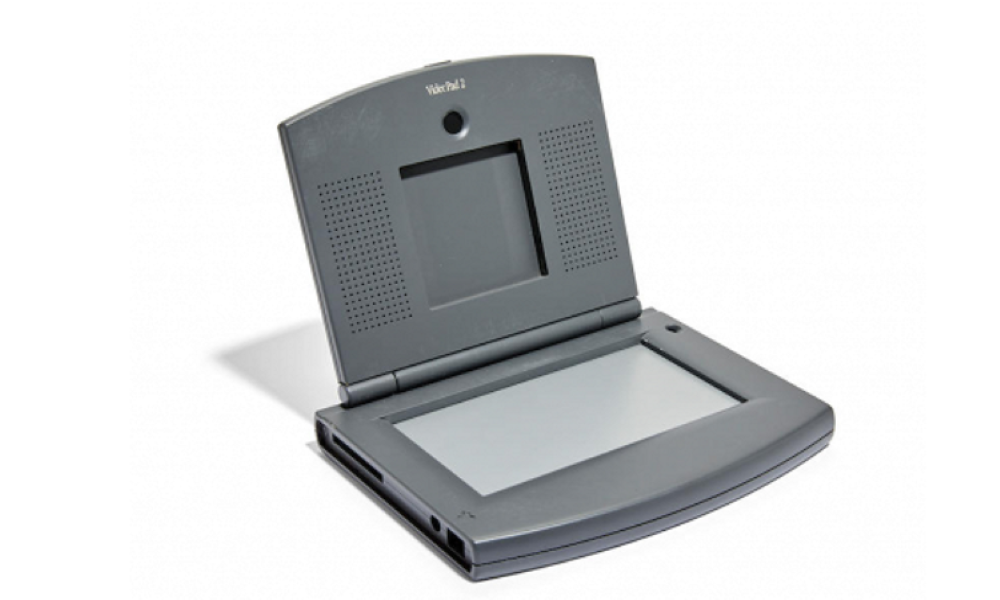This Ultra-Rare Apple ‘VideoPad’ Prototype Gives Us a Glimpse into iPad’s Inspiration
 Credit: Bonhams
Credit: Bonhams
Toggle Dark Mode
The Apple Computer of the early 1990s — the one without Steve Jobs — was very far removed from the company we all know and love today. Yet, despite that generation having more than its share of flops, it’s also interesting to look at how some of these may have become the foundation for the products that ultimately arrived years later.
Anybody who has looked at even a bit of Apple’s history can easily draw a straight line between the ill-fated Newton MessagePad and the iPhone. Still, it turns out that the Jobs-less Apple actually expected the Newton to launch a whole series of devices — not unlike the way in which the iPhone ultimately became the precursor for the iPad.
Of course, hindsight is 20/20, and we all know how badly Apple got it wrong under John Sculley’s leadership. Most of Apple’s products were too ambitious, too over-engineered, and too focused on dominating the market for its own sake.
The Apple of that era tried to build devices that included every possible feature in catering to every possible user, which was a stark contrast from Jobs’ philosophy, which was to build something simple and straightforward that he personally felt customers wanted and then let the chips fall where they may. After all, trying to please everybody is a surefire way to end up pleasing nobody.
One of the most famous misfires that Jobs corrected upon his return to Apple in 1997 was the Newton itself. Jobs correctly deduced that Apple had been trying to do far too much, and most notably the attempts to deliver accurate, AI-driven handwriting recognition with 90’s-era technology. In fact, we’re pretty convinced that the Newton was precisely what Jobs was thinking of when he famously quipped, “If you see a stylus, they blew it” during the launch of the first iPad back in 2010.
Of course, Apple eventually did come up with the Apple Pencil back in 2015, leading many pundits to pull up Jobs’ earlier quote to support the near-religious mantra that Steve Jobs would never have done this. However, there’s a world of difference between offering a stylus for tasks that are simply better with a stylus, like drawing on your iPad, and actually requiring a stylus to make the device function in the first place.
This was the situation that described the Newton almost perfectly. It didn’t feature a touchscreen, per se, but instead required a stylus, and had the Sculley-era Apple been left to its own devices; it looks like the Newton brand would have continued beyond the simple personal digital assistant into a whole world of similarly clunky devices.
The VideoPad
Enter the VideoPad, an idea that was put together inside Apple’s skunkworks that, perhaps, fortunately, never saw the light of day outside the company’s walls.
Apple did show off a few concept designs to the public back in 1993 and 1995, but it never reached the point of becoming a marketable product, and it was killed off along with the rest of the Newton lineup almost immediately upon Steve Jobs’ return in 1997.
Now, however, a never-before-seen prototype of the “VideoPad 2” is up for auction at Bonhams, which notes that it’s the only surviving concept prototype for that particular design.
While Apple did share concept designs for a VideoPad 1 and a VideoPad 3, the second model was never shown publicly, and many weren’t even sure it existed in any form. The VideoPad was such an obscure device in Apple history that it’s difficult to find any references to it today.
One of the first references to the VideoPad was actually from the same source we’re hearing about it now. It appears that the same prototype last went up for auction at Bonham’s New York in 2019, where it didn’t sell the first time around.
To be clear, this isn’t a functioning unit, but merely a concept prototype, assembled from sketches created by Apple’s then-CEO John Sculley. It was likely developed sometime between 1993 and 1995 and would have expanded the Newton design to include a fold-up screen with a built-in camera for video conferencing.
This version, however, lacks the actual screen and other key electronics such as speakers or an actual memory card slot. It appears to just be a shell, as Bonhams describes it:
Made of heavy duty plastic with mock memory card slot, power socket and phone line input socket, silver-papered screen, flip top with space for a video screen and two speakers either side. In its original black leather carrying case, impressed with Newton light bulb logo.
Bonhams
It’s unclear exactly what form a functioning VideoPad would have taken. However, it appeared to be an idea well ahead of its time, promising things like video conferencing support in an era when most computers didn’t even have webcams — the first widespread commercial webcam, Connectix’s QuickCam, didn’t come to market until 1994. However, it was originally designed exclusively for the Macintosh.
So, it’s apparent that this fit with Apple’s vision for the future of computing, but it was too ambitious for the level of technology available at the time. Jobs reportedly scrapped it since it wasn’t capable of providing what he considered a positive user experience and also shared many of the same flaws that plagued the entire Newton platform.
Still, it’s easy to see how these early concepts led to the much more sharply refined versions that Jobs eventually came up with. A decade or so later, the iPhone and iPad made it clear that Apple’s vision for such technology hadn’t diminished in any way — it just had to make sure that the level of technology and the world at large were both ready for it.







